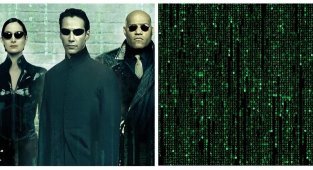There have long been jokes about parallel universes: everything could be different there. Cockroaches will poison you, cats will chase dogs and much more. Is it really that simple? No. But parallel universes can indeed exist. Let's talk briefly about the main theories. 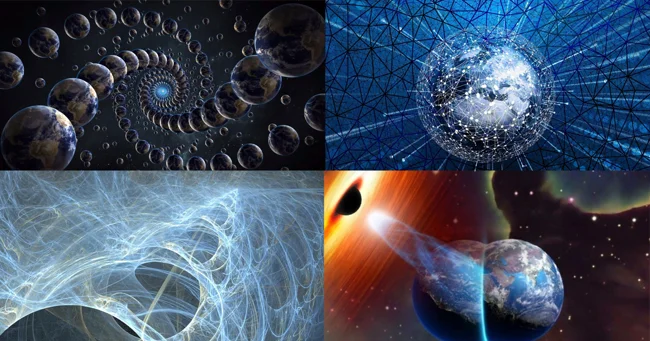
To begin with, it’s worth making a small remark about what parallel universes are in general. These are worlds that could hypothetically exist simultaneously with ours, but be very different from our world. Other laws of nature may apply there, and events may take alternative outcomes. If, for example, in our world a coin fell heads up, then in another world it may well fall heads up. 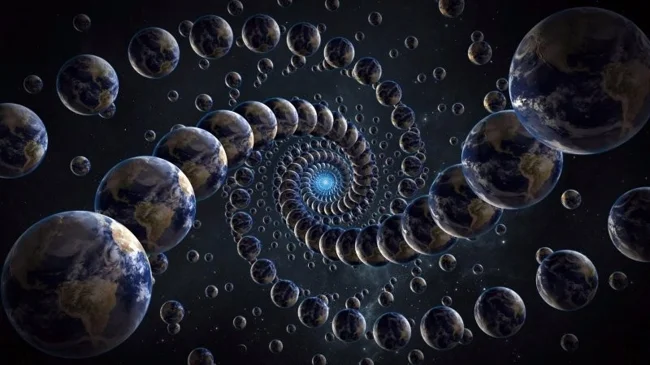
The first scientific hypotheses that parallel universes may exist appeared only in the last century. But in fact, the likelihood of their existence was discussed back in antiquity. A striking example of this is the theory of atomism (any matter consists of small indivisible particles, atoms, which, during a chaotic collision, form parallel worlds).
The first relatively modern scientist to suggest that other worlds might exist was Erwin Schrödinger. In 1952, he gave a lecture on quantum mechanics and introduced the concept of superposition. It was in Dublin. Superposition is when a particle is in several different states at the same time. Yes, yes, a striking example of this is that same cat. 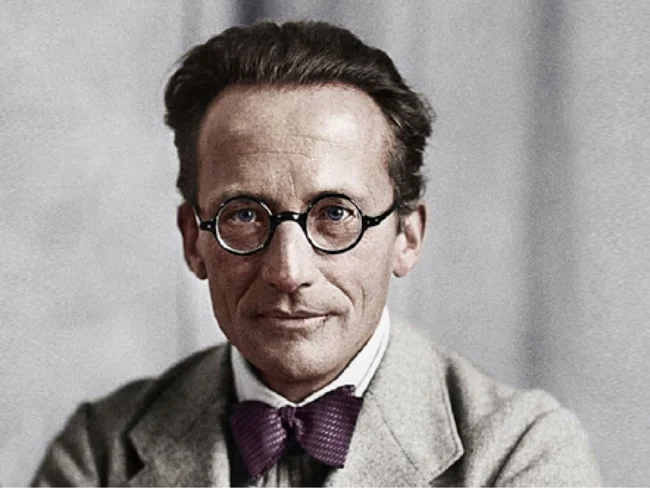
Tegmark's conjecture 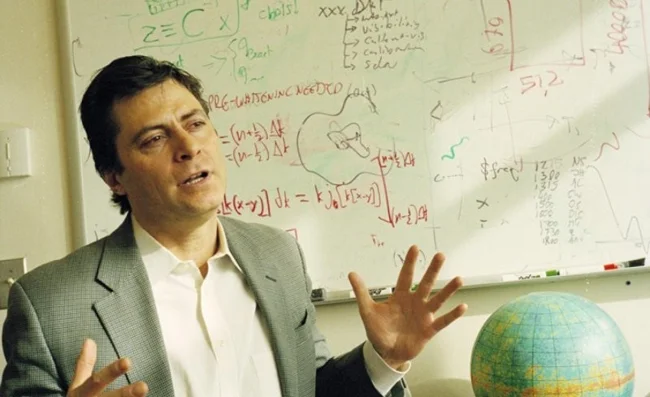
Astrophysicist Max Tegmark once put forward the hypothesis that our physical world is a mathematical structure. That is, it is perfectly described by a set of physical constants: Avogadro’s number, the masses of elementary particles; as well as equations that describe the fundamental laws of nature.
Tegmark believes that all consistent mathematical structures that can be calculated exist physically.
He also proposed a four-level classification of worlds.
The first of them will unite the areas located in our universe. True, due to the constant expansion of space after the Big Bang, they are moving away from us so quickly that they have practically no effect on our part of the world. The same physical laws apply in them, but with different initial conditions.
The second level is bubble universes. They arise due to the fact that space sometimes expands more intensely, as if a small explosion occurs in them. They are similar to holes in cheese or holes in bread crumbs that appear when baking dough. The fundamental laws of nature will be the same here, but the physical constants and elementary particles will be different. 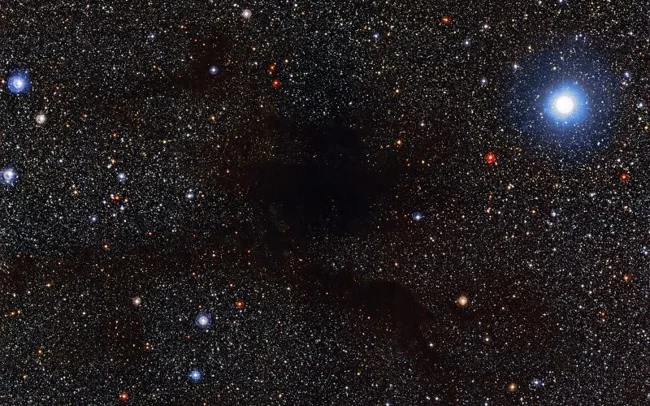
The third level is the multiple quantum states of the universes, which Hawking, Hart and Schrödinger were talking about (we’ll talk about them in more detail below). There may be alternative outcomes of events in these universes. They will have different physical constants, but the same laws of nature.
The fourth level is realities with other mathematical structures. According to Tegmark, they will be different from our world in everything.
Hartle-Hawking theory 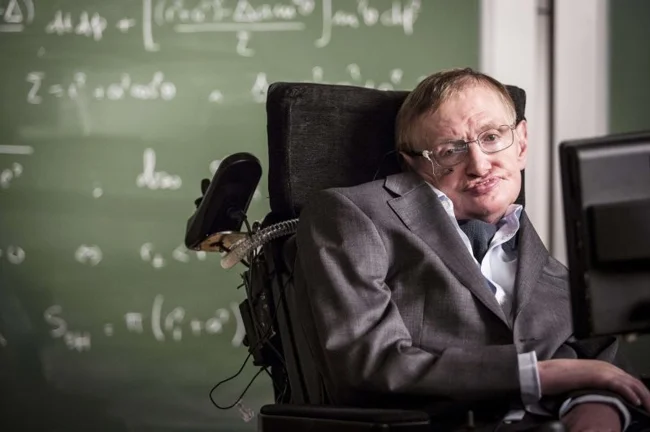
One of the most famous scientists of our time, who, unfortunately, has already left us, is Stephen Hawking. In 1983, he, together with James Hartle, published a scientific work devoted to a new theory of the origin of the Universe. In it, scientists, relying on the theory of quantum mechanics, tried to explain what happened before the Planck era and how the world appeared out of nothing. 
According to the Hartle-Hawking theory, our world was originally located in a cosmological singularity. That is, even before the Big Bang, an infinitely high density and temperature of substances was concentrated at one point. And after the Big Bang, the Universe expanded, galaxies, stars and planets formed. And the expansion will not stop.
In their work, Hawking and Hartle considered the Universe as a quantum system that is simultaneously in an infinite number of states. That is, our reality is only one of the possible versions of any events that took place. And besides it, there may be other worlds where everything will be completely different from ours. 
It is precisely the idea that a system can be in several states at the same time that is explained by Schrödinger’s thought experiment. Let us recall that in his experiment there is a cat in a closed opaque box next to an atom of a radioactive substance. Her life depends on whether or not the atom disintegrates, causing the device that monitors the state of the particle to release poison. Until we open the box, we don't know if the cat is alive. Therefore, for the observer, it is in two states at once.
String theory 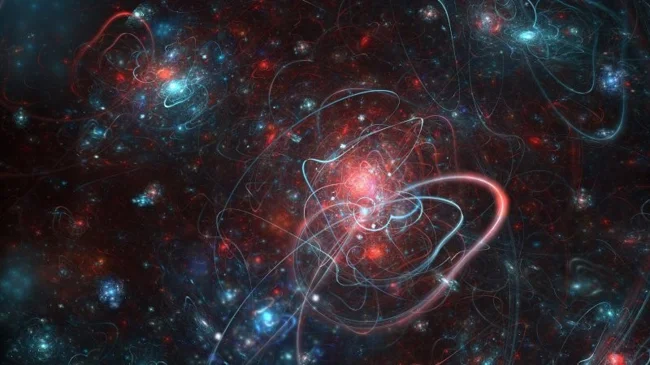
Back in 1970, Yoichiro Nambu, Holger Nielsen and Leonard Susskind independently suggested that not all physical particles can be considered point-like. After all, pions, for example, are smaller in mass than an atom, but behave atypically during interaction. They were proposed to be considered extended threads, like quantum strings.
14 years later, in 1984, the so-called superstring revolution took place. It turned out that string theory can hypothetically describe the interaction of all elementary particles in general, and not just pions. At the same time, the idea arose that quantum threads oscillate at different frequencies and set the properties of matter, like the atoms we are familiar with.
According to the generally accepted theory of relativity, the Universe includes four dimensions, including length, width, depth and time. According to string theory, there may be 6, 10, or even 26 dimensions. But we are only aware of four of them. The remaining dimensions collapse, but parallel universes can be placed in them. This concept is depicted in simplified visual form in Christopher Nolan's film Interstellar (2014). 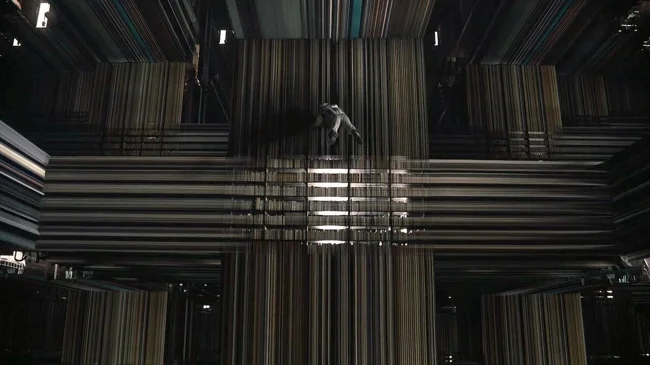
Can parallel worlds exist in reality?
Disputes about the existence of parallel worlds continue to this day. There are arguments for and against their existence.
Arguments for:
There are black holes. Hawking suggested that black holes could be tunnels to a parallel world. 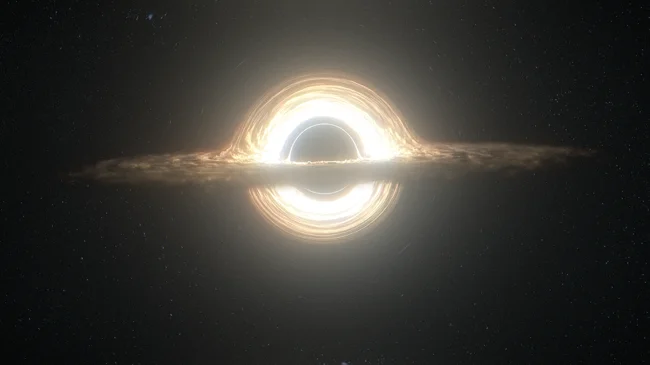
There is a relict cold spot. It is located in the constellation Eridanus and has unusually low microwave radiation and enormous size. Some researchers believe that it may be an imprint of another universe. 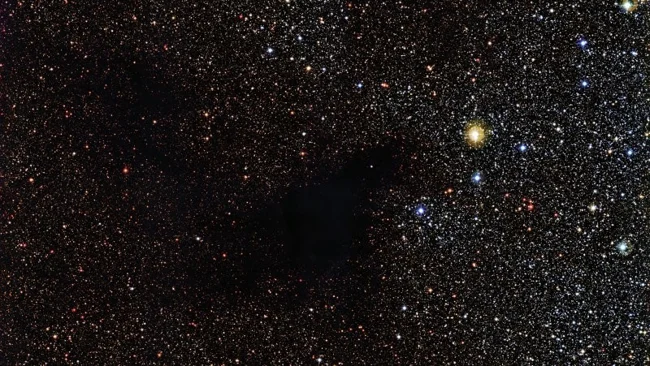
There are probably wormholes. These are something like “tunnels” that connect points of space that are distant from each other. They, by the way, are consistent with the general theory of relativity, but for their existence exotic matter must also exist. 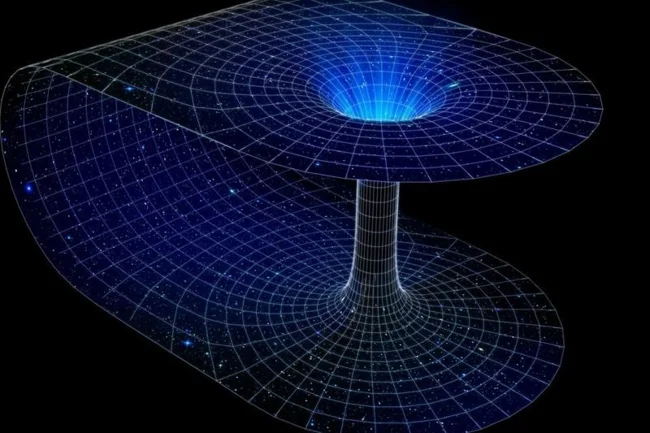
Arguments against:
The main argument of opponents of the theory is that the theory is unscientific as a whole. Why? But because none of the theories can be experimentally refuted. This means it cannot be proven.
Other scientists are sure that this is rather a philosophical concept designed to explain the nature of our existence. Also, the existence of dark energy cannot be dismissed - presumably, it may be a sign of the existence of other universes. 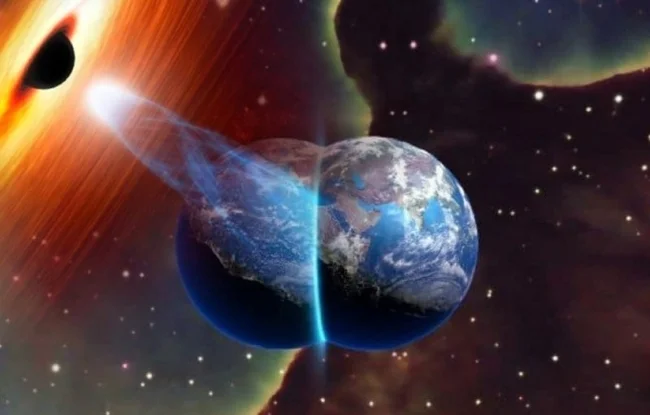
Do you think parallel universes exist?
0 comments
